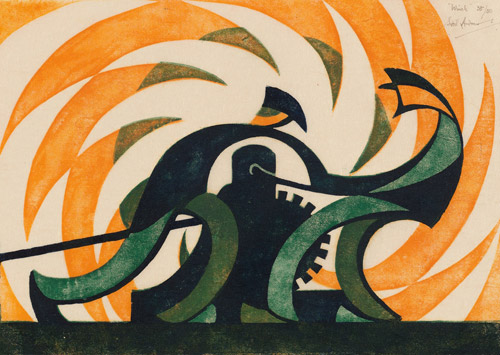5,900-year-old women’s skirt discovered in Armenian caveSeptember 13, 2011 | 11:39 YEREVAN. – Excavations at Areni 1 Cave in Armenia’s Vayots Dzor region unearthed a more-than-5,900-year-old women’s straw-woven skirt, Armenian Archaeology and Ethnography Institute Director Pavel Avetisyan told Armenian News-News.am. Avetisyan informed that this artifact was discovered in 2010 and, even though they had informed about this precious item at the time, interest toward it grew further only recently. “The women’s clothing dates back to 39th century BC. So far we have discovered the skirt’s parts, which were superbly preserved. It is an amazing material with rhythmic color hues, and other remnants of the straw-woven material were also discovered. Such thing is recorded in Armenia for the first time,” Avetisyan noted. According to Archaeology and Ethnography Institute’s director, the artifact is currently under their care, but it will soon be sent to the restorer who, until the arrival of French specialists, will work on its restoration. Pavel Avetisyan added that, after the final conservation process, the skirt will be exhibited at the History Museum of Armenia.Areni 1 is the same cave where the world’s oldest leather shoe more than 5,500 years old, wine-press, as well as flaggy items and part of a mummified goat’s body were discovered.
via 5,900-year-old women’s skirt discovered in Armenian cave | Armenia News – NEWS.am.
 Is there anything he can’t do?
Is there anything he can’t do?
